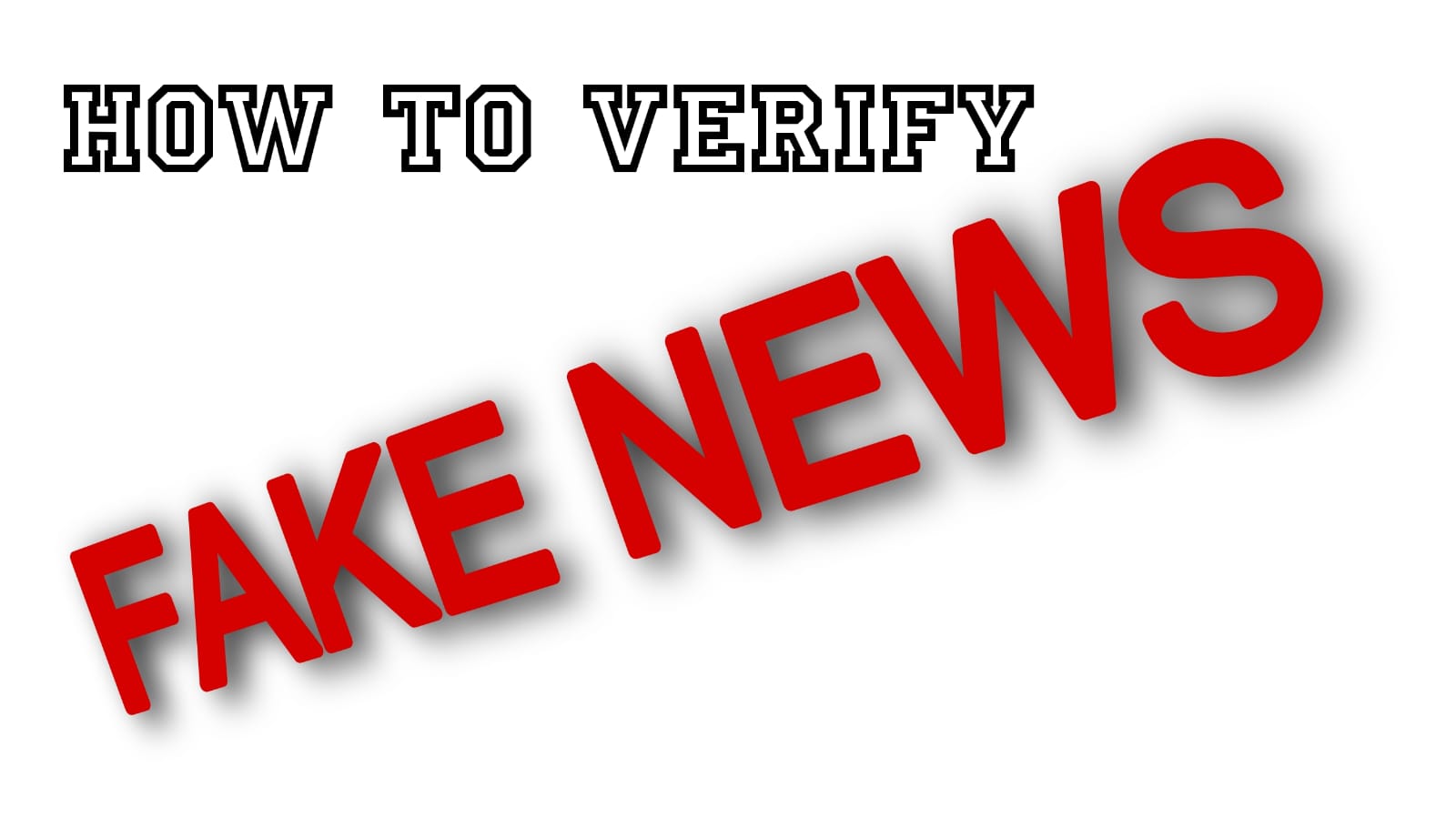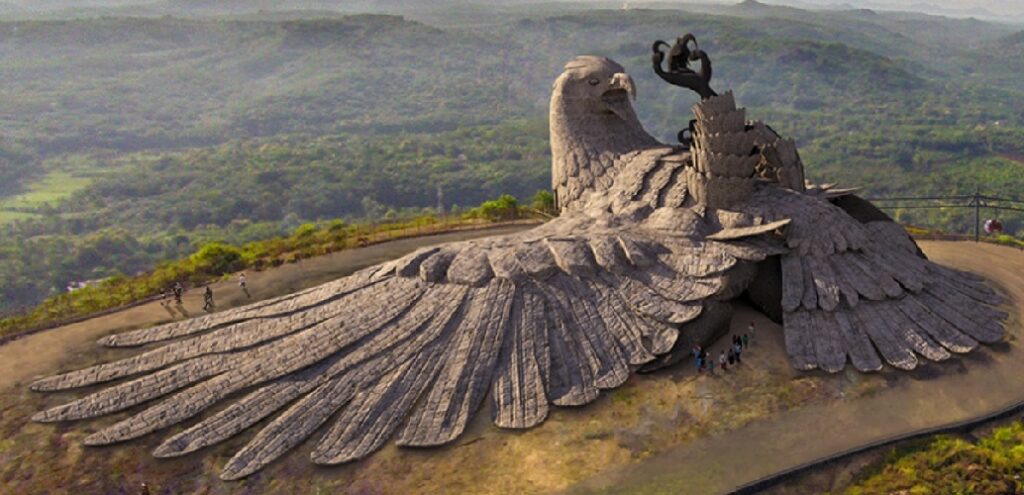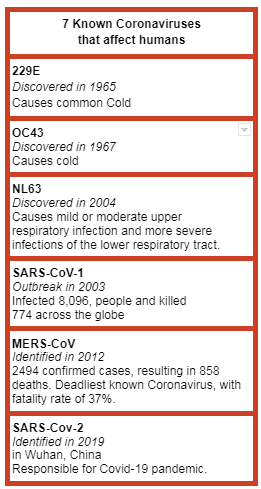How to Verify Fake News
“Truth has become a victim in an age of false news. With the spread of social media, something which is said as a seed on social media can germinate, virtually, into a whole theory which can never be tested on the anvil of rationale,” recently Chief Justice of India (CJI) Dhananjaya Y Chandrachud said at a conference.
Three decades ago, before the internet,mobiles and social media became common, a rumour spread in a town. Scary story of a witch who knocks on the door at midnight demanding roti and onion. To ward off the demon, the remedy was to make an impression of the palm of the house owner with red colour on the doors. Soon every door had red coloured palm impression.
There was just one National television channel in those days, and such small stories in a remote town would hardly make it to the National News. As there were no local channels to verify the authenticity of the story, the rumour faded away in a few days.
Fake news after the advent of internet
Imagine what would happen if the story circulated these days. Our social media accounts gets flooded with stories connected with the witch. If you click on one post, then your social media account will get more stories related to the witch. Because the stories belong to the genre of horror and mystery, the interestingly scripted, shareable videos will find its way on all the social media accounts. People will believe that the story is true when it is shared and viewed in millions.
In most cases well scripted stories with little factual accuracy get more views than authentic stories.
Fake news is as old as mainstream news. Now with social media the propagation of fake news has increased. Information is available not only in the mainstream media but also in thousands of channels in the social media. Pre-internet day we used to have one television and radio channel and we trusted the information shared through them. Still there was a saying, if you want to know all aspects of political news, you must read at least 5 mainstream newspapers.
So in this age of information explosion, how do we filter the fake from the real? How do we outwit the fake news menace?
Who creates fake news?
In 2018, a story went viral about the ancient bird from Ramayana, Jadayu, spotted in Kerala. More than three million shared the video of the majestic bird flying. But fact checking websites confirmed that the video was actually of the world’s largest bird in the Amazon, Andean Condor, published in 2014.
Coincidentally, around the time the above false story was published, Jadayu National Park opened in Kerala. The park is famous for the largest sculpture of the bird Jadayu, from Ramayana. Probably someone searched for the keyword, ‘World largest bird Kerala’ and Andean Condor story came up in the search result. Interestingly, Jadayu and Andean Condor look similar. Hence the person might have shared the post genuinely thinking that Jadayu spotted in Kerala as a true incident. This form of unintentional sharing of fake news is called misinformation.
Or someone might have deliberately tried to mislead the public to get some traffic for their channel. Because Jadayu sculpture recently opened, there was curiosity among the public for more information about the new tourist attraction. Someone might have deliberately created the post to get some traffic to their account in the disguise of Jadayu. Such deliberate false new sharing is called disinformation.
Manipulating public opinion and creating tension between communities are some other forms of fake news. ‘Infodemic’ was a word coined in 2003 for fake news propagated during emergency breakout of diseases. Fake news “spreads faster and more easily than this virus” said Tedros Adhanom Ghebreyesus, Director-General of the World Health Organization (WHO). An efficient public health response can be hampered by infodemics, which also cause misunderstanding and mistrust among people.
So if you receive a post, ‘Do you know Coronavirus existed in 1965’, what are the ways to verify the news before sharing. And how will you decide whether to share the news?
5 ways to verify a news
Read the comments
In most cases those who comment are genuine. While browsing through the comment you will get an idea whether the news item is fake or real.
Check the url
If the url is xyz.com then the post most probably came from a genuine source. xyz.com.co is a suspicious url that needs to be double checked.
Verify gmail
You receive fake news on gmail too. Believe in the news that comes from a business email. Fake news comes in formats like abc123@gmail.com. In most cases the name of the sender in the salutation and the email id do not match.
Check the author
If the news report is in the form of a blog, check the name of the author. Also visit the ‘about us’ page.
Google the keyword to see if mainstream newspapers reported the story
Search the keyword ‘Coronavirus existed 1965′. Scientific research documents come up in search result that help cross verify the story. In addition check the News section to see if any authentic news site has shared the story.
Conclusion
Search the key words ‘Coronavirus existed in 1965’ and a number of scientific articles from reliable sources are shown. One of the articles ‘The secret of the first coronavirus’ from Forbes also appears. Also a number of charts show the timeline of the coronaviruses proving that coronavirus existed since is true story. Interestingly, corona mean crown in Latin. Coronaviruses have spikes around them that look like a crown.
To conclude, when you receive a news on social media, you need to do the homework. Because when you share the news to someone you are risking lives of the receiver. And a sender, you are as responsible as the media for sharing the information to spread awareness and educated people. Hence handle the news that you receive with care.





33 comments